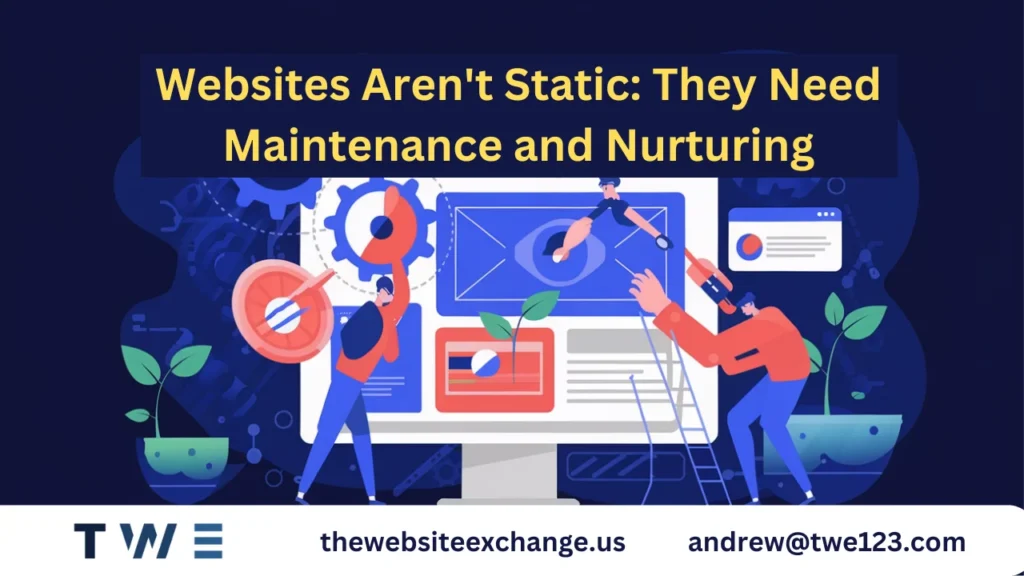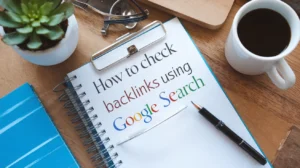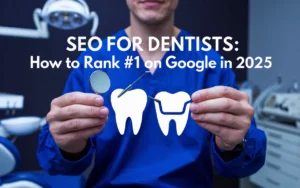Websites aren’t static; they’re vital tools in today’s digital world, serving as 24/7 marketing platforms for your business. Yet, they require regular maintenance and nurturing to perform their best. In this article, we’ll explore why updating your website is essential and share tips to ensure it stays reliable for long-term success. Don’t fall for the myth that websites can be set and forgotten and that they need consistent care to thrive.
Websites need constant care to do well and updates and care to stay valuable and interesting. At The Website Exchange, keeping your website up is essential for growing online.
1- Why Websites Need Continuous Care and Attention
Your website is more than just an online brochure. It shows your brand, products, and services. It needs website maintenance services and care to stay sound and safe for visitors.
i. The Dynamic Nature of Digital Presence
The internet changes fast, with new tech and trends constantly popping up. What worked last year might not work now. You need to update your website updates often to keep up with your customers’ needs.
ii. Common Misconceptions About Website Maintenance
You can launch a website and forget about it, but that’s not true. Not taking care of your website can cause big problems, like security issues and bad user experience.
iii. The Cost of Neglecting Website Updates
Not keeping your website up-to-date can hurt your business a lot. Old content and security problems can scare off customers and even harm your reputation. Getting website maintenance services is a smart move to keep your website strong.
Understanding the need for ongoing website management is key. Being proactive with your website helps it stay valuable and grow your business.
Get in Touch with Our Team

______________________________
2- Essential Components of Regular Website Maintenance
Keeping your website alive and well is a never-ending job. It’s not just a one-time thing. You must always keep it fresh, engaging, and safe. This means keeping up with content, ensuring it’s easy to find, and working well on phones.
i. Content Updates: Keeping Your Website Fresh
It’s essential to keep your website’s content new and interesting. This means adding new blog posts and updating old ones. You also need to make sure everything is correct and current. This makes your site better for visitors and helps it appear better in search results.
ii. Security Patches and System Upgrades
Keeping your website safe is a big part of its maintenance. You need to update your software and security often. This helps keep your site safe from bad guys and keeps your visitors’ information safe, too.
iii. Performance Optimization: Faster and Smoother
How fast your website loads is critical. It affects how people feel about your site and how well it does in search results. You can make your site faster by making images smaller and using caching.
iv. User Experience Enhancements
It’s not just about the content and tech stuff. Making your website easy to use is also key. This means ensuring it works well on phones and is easy for everyone to use. You can do this by making your site more user-friendly and following accessibility rules.
Focusing on these important parts of website care can make your site successful. Keep your site fresh, safe, fast, and easy to use. This will help you reach your goals and keep your site strong for a long time.
______________________________
3- Security Updates and Patch Management: Your Website’s Shield
Your website is always at risk. It can be exposed to dangers like malware and hacking. Keeping your site safe is key to protecting your visitors’ information.
i. Types of Security Vulnerabilities
Many threats, including SQL injections and DDoS attacks, can hit websites. Keeping your site updated helps avoid these dangers.
ii. Implementing Regular Security Audits
It is very important to perform security checks often. These checks find weak spots and help keep your site safe. Working with security experts is a good idea.
iii. Best Practices for Website Protection
- Have a strong website security plan. This includes updates and secure coding.
- Always apply security patches to fix known issues.
- Make sure you have a sound website backup system. This helps restore your site if needed.
- Keep up with new security tips to stay ahead of threats.
Focus on security updates and audits to keep your site safe. Remember to check your website daily or weekly to keep it secure.
______________________________
4- Content Management and Updates: Keeping Your Site Fresh
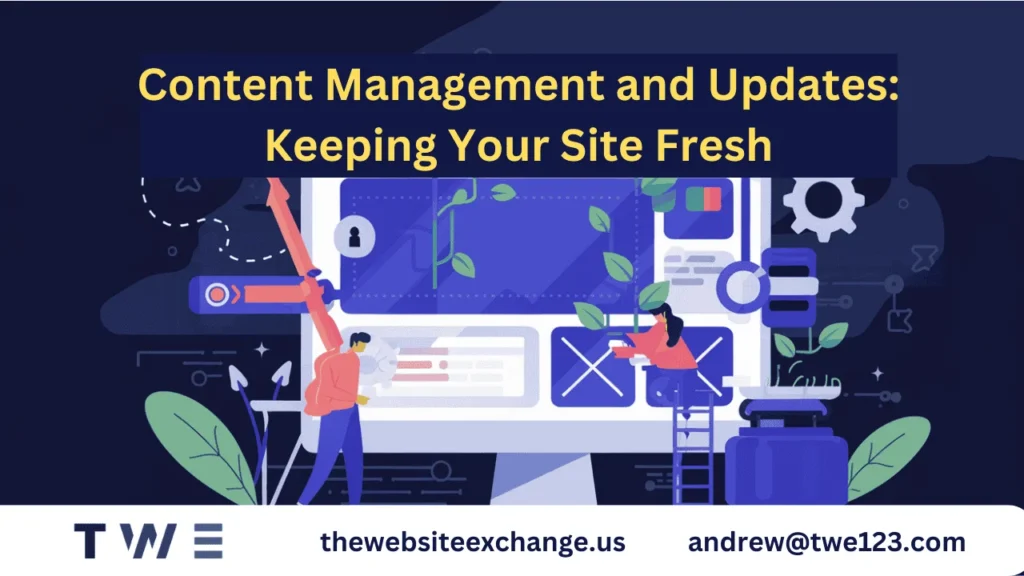
Your website is not just a brochure. It’s a living, breathing place that needs care. Keeping it fresh is key to staying relevant and engaging your audience. It also helps with search engine optimization (SEO).
Good content strategy and content marketing mean more than just creating new content. They involve checking, improving, and updating your site often, which keeps it interesting and good for search engines.
Here are some ways to keep your site fresh and fun:
- Check and update main pages like your home page and about us section often. Make sure they show the latest news and changes in your business.
- Post new blog articles regularly. This keeps your site fresh and meets your audience’s changing needs.
- Use the right keywords and phrases in your content. This helps more people find your site.
- Make old content new again. Turn blog posts into videos or podcasts to reach more people.
- Get your audience involved. Ask for reviews and social media posts to make your site more lively.
By actively managing your content, your site will remain valuable and interesting. This will attract more visitors and leads and help your business grow.
______________________________
5- Websites Aren’t Static: They Need Maintenance and Nurturing
Websites change frequently because technology keeps improving. Owners must keep their sites current by monitoring new technology, meeting user needs, and planning for upkeep.
i. The Evolution of Website Technology
Websites have changed a lot over time. They used to be simple HTML pages but are now dynamic and responsive. Keeping up with these changes is important for a good user experience.
ii. Adapting to User Needs
Website owners need to change their sites as users want them to. This might mean making sites work better on phones or adding new content. It’s all about making users happy.
iii. Maintenance Scheduling and Planning
Keeping a website running well takes planning. A good plan includes regular updates and checks. This helps avoid problems and keeps the site strong.
| Maintenance Task | Frequency | Benefits |
| Content Updates | Monthly | Keeps website fresh and engaging |
| Security Audits | Quarterly | Protects website from vulnerabilities |
| Performance Optimization | Bi-annually | Improves user experience and search engine visibility |
Owners can keep their sites alive and engaging by keeping up with tech changes, meeting user needs, and planning upkeep. This makes sure their online presence stays strong and relevant.
Get in Touch with Our Team

______________________________
6- Performance Optimization and Speed Enhancements
Your website’s speed matters a lot today. It affects how happy users are and how well your site ranks on search engines. Making your website fast is key to keeping users happy and your site strong online.
Image compression is essential for speed. Big, unoptimized images slow down your site. Compressing images well makes your site faster and better for users.
Caching also helps your site load faster. It saves often-used content like images and videos, making your site quicker and saving server work, saving money and growing your site.
Code optimization is also crucial. Making your site’s code better and cleaner allows it to load fast, giving users a smooth experience.
By optimising website performance, you can improve your site, leading to happier users, better search rankings, and more customers.
______________________________
7- User Experience Improvements and Design Updates
Your website is like a digital face for your business. Keeping it updated is key. It makes your site look good and keeps users happy.
i. Mobile Responsiveness Checks
Today, most people surf the web on phones. Your site must work well on all devices and look good on phones and computers.
ii. Navigation and Interface Optimization
Make your site easy to use. Check your site’s layout and menus often. This helps visitors find what they need quickly.
iii. Accessibility Standards Compliance
Make your site accessible to everyone. Follow the latest accessibility rules to improve your site for people with disabilities.
Focusing on these areas will make your website a great tool. It will help you keep visitors coming back and support your business goals.
| Feature | Importance | Impact |
| Mobile Responsiveness | High | Ensures seamless user experience across devices and increases engagement and conversions. |
| Navigation Optimization | Moderate | Improves findability and usability, reduces bounce rates and increases time on site. |
| Accessibility Compliance | High | Expands your audience, enhances inclusivity, and demonstrates social responsibility. |
______________________________
8- SEO and Analytics: Monitoring Your Site’s Health
In the world of digital presence, SEO and website analytics are key. They help keep your online platform healthy and performing well. These tools give you insights into how your site does, what users like, and where you can improve.
SEO helps your site increase search results, attracting more people and making it more visible. SEO audits, finding keywords, and improving content keep your site up-to-date and appealing.
Website analytics give you a complete picture of your site’s performance. Tools like Google Analytics show you how users interact with your site. This helps you see which pages are hits, where people leave, and how to make your site better for everyone.
To get the most from website analytics, try these tips:
- Watch key performance indicators (KPIs) like bounce rate, time on page, and conversion rates. These show how well your site meets your goals.
- Look at how users act on your site. This will help you see where to make it easier and more enjoyable.
- Check where your site’s visitors come from. This will tell you which methods are best for attracting traffic.
- Keep your SEO up-to-date. Use analytics to improve your keywords, content, and site tech.
| Metric | Description | Importance |
| Bounce Rate | The percentage of visitors who leave your website after viewing only one page. | A high bounce rate may indicate issues with content relevance, user experience, or page loading speed. |
| Average Time on Page | The average amount of time visitors spend on a specific page. | A higher average time on page suggests that your content is engaging and valuable to your audience. |
| Conversion Rate | The percentage of visitors who complete a desired action, such as purchasing or filling out a form. | Tracking conversion rates helps you measure the effectiveness of your website in achieving your business goals. |
By using SEO and website analytics, you can understand how your site is doing. This lets you make smart choices to improve your site. Keeping up with this is key to keeping your online presence strong and engaging for your audience.
______________________________
9- Backup Systems and Disaster Recovery Planning
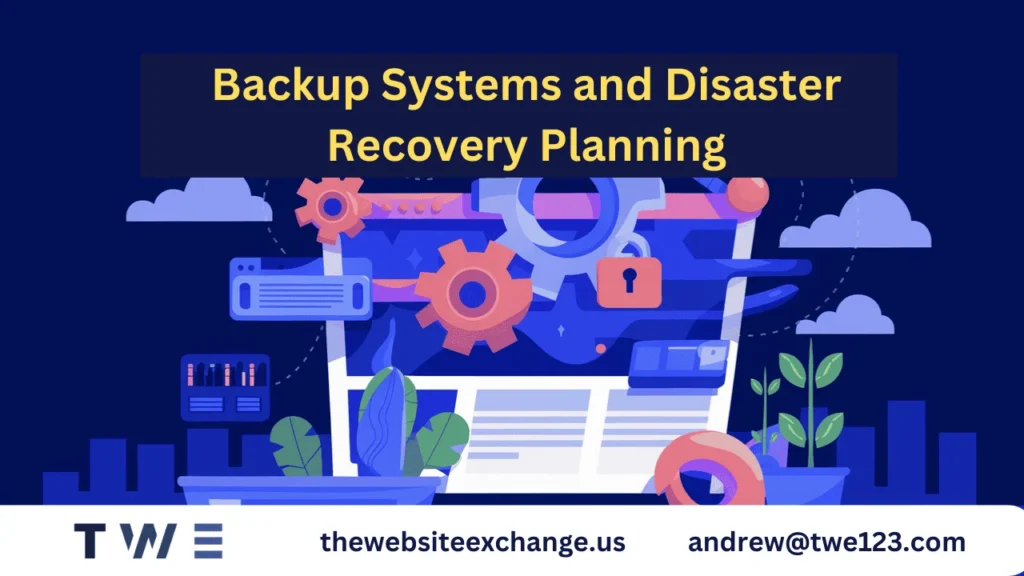
Your website is essential today. What if disaster hits and your website gets hacked or breaks down? That’s when backups and disaster plans are key.
Website backups are the base of a good disaster plan. They keep your site safe and ready to restore quickly if needed. You can choose from many backup types tailored to your site’s needs.
Here are Backup Strategies and Best Practices
- Make backups often, like every day, week, or month, based on how often your site changes.
- Keep backups in safe places, both where you are and somewhere else, to avoid losing everything.
- Check your backups often to ensure they work, and change your backup plan if needed.
- Have a detailed plan for when your site fails or gets hacked so you know what to do.
Strong website backups and disaster recovery plans protect your online world. They keep your site safe and running, even when things go wrong. They also keep your website security and data safe and make your customers feel secure.
| Backup Strategy | Description | Advantages | Disadvantages |
| Full Backups | Comprehensive backup of the entire website | Ensures complete data restoration | Larger file size, slower restoration |
| Incremental Backups | Backup of only the changes since the last full backup | Faster and more efficient backup process | Requires regular full backups for complete restoration |
| Cloud-based Backups | Backup stored on a remote, secure cloud platform | Offsite storage, automatic backups, scalable | Potential security and privacy concerns, ongoing costs |
______________________________
Conclusion
We’ve talked about how websites change and why they need care. Your website is not just there; it needs constant help to stay alive and strong. This is true in today’s fast-changing online world.
It is important to keep your site safe, update it, and improve it. By being careful and always ready, you can protect your site and make it more interesting and better for your visitors.
Your website is like a part of your family. Like any other part of your business, it needs your love and care. By always looking after your site, you’ll have a strong and growing online presence, which will help your business succeed for a long time.
______________________________
FAQ
What is the importance of regular website maintenance and updates?
Websites need constant care to stay effective and secure. Regular updates and security checks are key to a website’s success.
What are some common misconceptions about website maintenance?
Many think a website is set once it’s launched. However, the digital world changes fast, and websites must be updated regularly to meet new needs and technology.
What are the consequences of neglecting website updates and maintenance?
Ignoring updates can harm a website. It might slow down, become less secure, and lose visitors. An outdated site can’t compete well, hurting the brand.
What are the essential components of regular website maintenance?
Good maintenance includes updating content, fixing security, and improving performance. A well-rounded approach keeps a website running smoothly.
How can website security vulnerabilities be addressed?
Regular security checks and updates are vital. They help protect against threats. Using strong access controls and backups is also important.
Why are content management and updates essential for a website?
Keeping content fresh is key for a website. It keeps visitors interested and boosts search rankings. Good content management is essential.
How can website performance and speed be optimized?
Improving website speed is crucial. Techniques like image compression and caching help. They make the site faster and more user-friendly.
What are the key considerations for improving website user experience?
Improving user experience is vital. Focus on mobile-friendliness, easy navigation, and accessibility. This makes the site better for everyone.
How can website analytics and SEO help monitor a site’s health?
Analytics and SEO offer insights into website performance. They help identify areas for improvement. This data is key for a healthy website.
Why is it essential to have a backup and disaster recovery plan for a website?
Backups and a disaster plan are crucial. They protect against failures and security breaches, ensuring quick recovery and less downtime.

